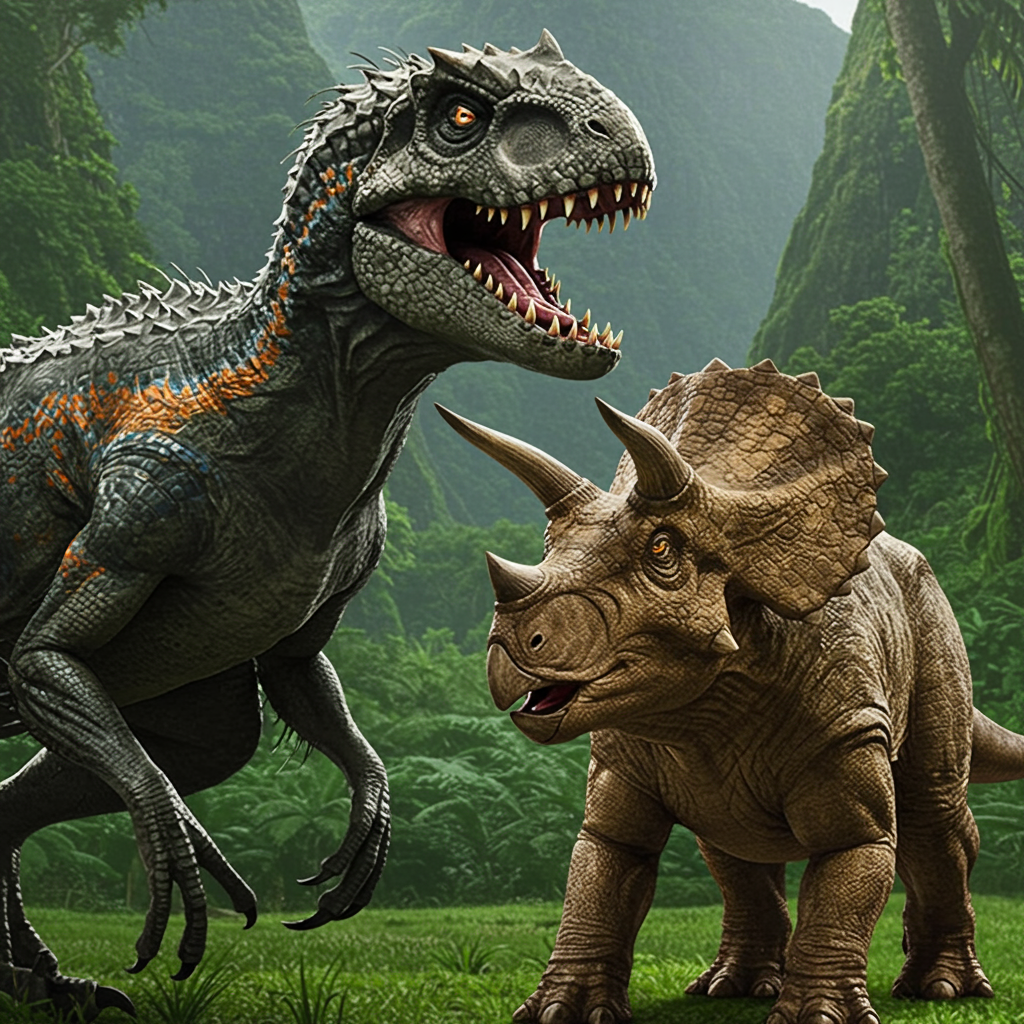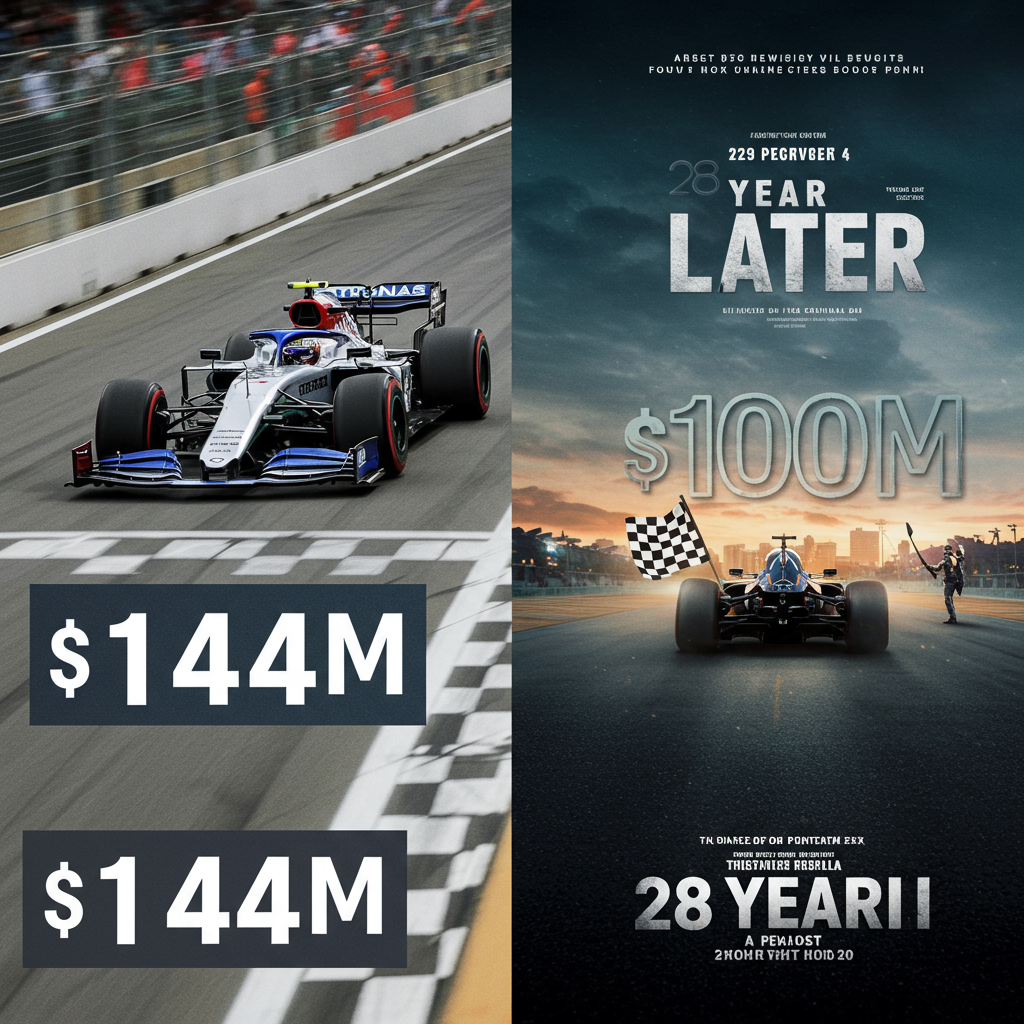Recent entries in the globally popular Jurassic World film franchise have sparked significant debate and frustration among longtime fans and critics alike. Despite featuring some of history’s most inherently terrifying creatures, many argue the series has lost its way, consistently delivering disappointing results. The core issue, according to a common critique, lies not with the dinosaurs themselves, but with the filmmakers’ choices: a puzzling shift away from the raw, prehistoric power of real extinct animals towards contrived, genetically engineered hybrid monsters. This approach is seen as undermining the very essence of what made the original Jurassic Park a cinematic masterpiece.
The Problem with Invented Monsters
The appeal of dinosaurs is undeniable. They represent the apex predators of a bygone era, creatures of immense size, power, and often, fearsome appearance. Images of Tyrannosaurus rex or Velociraptor tap into something primal, an almost mythic terror akin to dragons or ancient demons. Yet, the Jurassic World sequels, beginning with the 2015 reboot, opted to supplement (and eventually replace) the threat of genuine prehistoric animals with fabricated entities. This started with the Indominus rex, a creature cobbled together from various species DNA, designed explicitly to be bigger, smarter, and more terrifying than anything nature created. Subsequent films escalated this trend, introducing even more complex and unnatural hybrids.
This reliance on inventing new monsters fundamentally misunderstands the source material’s brilliance. The wonder and terror of Michael Crichton’s original story and Steven Spielberg’s film lay in the premise: what happens when extinct, apex predators are unleashed in the modern world? The fear stemmed from encountering actual animals, albeit brought back from extinction, that were perfectly adapted killing machines. There was a profound sense of awe and vulnerability in facing creatures that humans were never meant to coexist with. Introducing artificial hybrids dilutes this core concept, replacing natural history’s awe with science fiction’s manufactured novelty.
Why Real Dinosaurs Are More Than Enough
The original Jurassic Park demonstrated conclusively that real dinosaurs possess more than sufficient capacity for both wonder and terror. The awe-inspiring sight of a Brachiosaurus, the calculated menace of the “clever girl” Raptors, and the sheer destructive force of the Tyrannosaurus rex provided unforgettable cinematic moments. These creatures didn’t need extra limbs, camouflage abilities, or infrared vision added to their design. Their power came from their authenticity as portrayals (within the film’s premise) of creatures that once dominated the Earth. Their behavior, often depicted with scientific input, felt grounded in the potential reality of prehistoric life, making the stakes feel higher and the threat more genuine.
Consider the natural world’s inherent capacity for evoking powerful emotions. The concept of “Yirah,” a Jewish term often translated as awe or fear, captures the feeling of being overwhelmed by the sheer magnitude and mystery of existence, particularly in nature. Standing before an ancient mountain or contemplating the deep history embedded in the Earth can induce a trembling sense of connection to something vast and beyond human control. Real dinosaurs, as relics of deep time and expressions of nature’s most powerful designs, tap into this same capacity for awe and fear. They are potent symbols of nature’s power, not just generic movie monsters. The hybrid creations, by contrast, feel like theme park attractions designed solely for shock value, lacking the profound resonance of actual, albeit extinct, life forms.
The Diminishing Returns of Artificiality
The creative decision to prioritize genetically engineered hybrids like the Indominus rex and later the Indoraptor felt like an admission that real dinosaurs were no longer considered “enough” for modern audiences demanding bigger and bolder sequels. This logic is flawed. Instead of deepening our understanding or appreciation of fascinating prehistoric life based on current paleontology, the films drifted into generic creature-feature tropes. The latest rumored antagonist, reportedly named “Distortus rex,” a multi-limbed mutant, exemplifies this creative bankruptcy. Such designs veer into absurdity, draining away the inherent terror that comes from seeing a scientifically-rooted depiction of a real, powerful animal.
Films and documentaries that respect the science and inherent drama of prehistoric life prove that real dinosaurs are endlessly compelling. Modern series like “Prehistoric Planet,” leveraging the most up-to-date scientific understanding and cutting-edge CGI, demonstrate the revolutionary impact that accurate, detailed portrayals can have. These depictions don’t need invented superpowers; the intricate behaviors, surprising features (like feathers on many dinosaurs), and sheer scale of real creatures are fascinating and, in many cases, still terrifying enough on their own. Watching a realistic pack hunt or a majestic sauropod traverse a prehistoric landscape evokes genuine awe in a way that a contrived hybrid often cannot. The original Jurassic Park succeeded by grounding its fantasy in scientific possibility and the inherent power of nature. The sequels seem to have forgotten this lesson, prioritizing artificial scares over authentic prehistoric wonder.
Frequently Asked Questions
Why are hybrid dinosaurs in recent movies so criticized by fans?
Many fans and critics argue that the introduction of genetically engineered hybrid dinosaurs like the Indominus rex and Indoraptor in the Jurassic World movies dilutes the core appeal of the franchise. The original Jurassic Park‘s success came from depicting real, albeit resurrected, extinct animals like the T-rex and Raptors as the primary threat. Hybrids are seen as artificial creations that lack the natural majesty, historical weight, and scientific intrigue of actual prehistoric creatures. This shift feels like a move towards generic monster movies rather than unique stories about the power and danger of bringing dinosaurs back to life.
What examples of media successfully portray real dinosaurs in compelling ways?
Beyond the original Jurassic Park film, modern media projects like the documentary series “Prehistoric Planet” are often praised for their compelling and scientifically accurate depictions of real dinosaurs. Leveraging the latest paleontological research and advanced CGI, these productions showcase fascinating behaviors and appearances of actual prehistoric animals. They demonstrate that the inherent drama, power, and surprising complexity of real dinosaurs are more than enough to captivate audiences and evoke a sense of awe, without needing to invent hybrid creatures with unnatural abilities or appearances.
Are the Jurassic World movies featuring hybrid creatures still worth watching for dinosaur enthusiasts?
This depends on individual preference. If you are a strict dinosaur enthusiast seeking scientifically-grounded portrayals or stories focusing on the wonder and terror of real extinct species, you might find the Jurassic World films disappointing due to their reliance on fictional hybrid monsters and increasingly outlandish plots. However, if you enjoy general creature features, action blockbusters, or are simply looking for popcorn entertainment with dinosaur-adjacent creatures, you might still find some enjoyment in them. The films certainly feature impressive visual effects, but they deviate significantly from the premise that captivated fans of the original Jurassic Park.
Conclusion
The magic of the Jurassic Park concept lies in pitting humanity against the awe-inspiring power of nature’s most formidable extinct creations. The Jurassic World saga, by leaning heavily into artificial hybrid dinosaurs, has strayed from this powerful core. Real dinosaurs, from the smallest theropod to the largest sauropod, possess inherent terror and majesty rooted in their history and biological design. They are figures of deep time and natural power that resonate on a primal level. Filmmakers don’t need to invent multi-limbed mutants with nonsensical abilities to create compelling stories. The answer was there all along, striding the savannah and stalking through the jungle: just give us some normal, awe-inspiring, terrifying, real damn dinosaurs.
Word Count Check: 960 words


